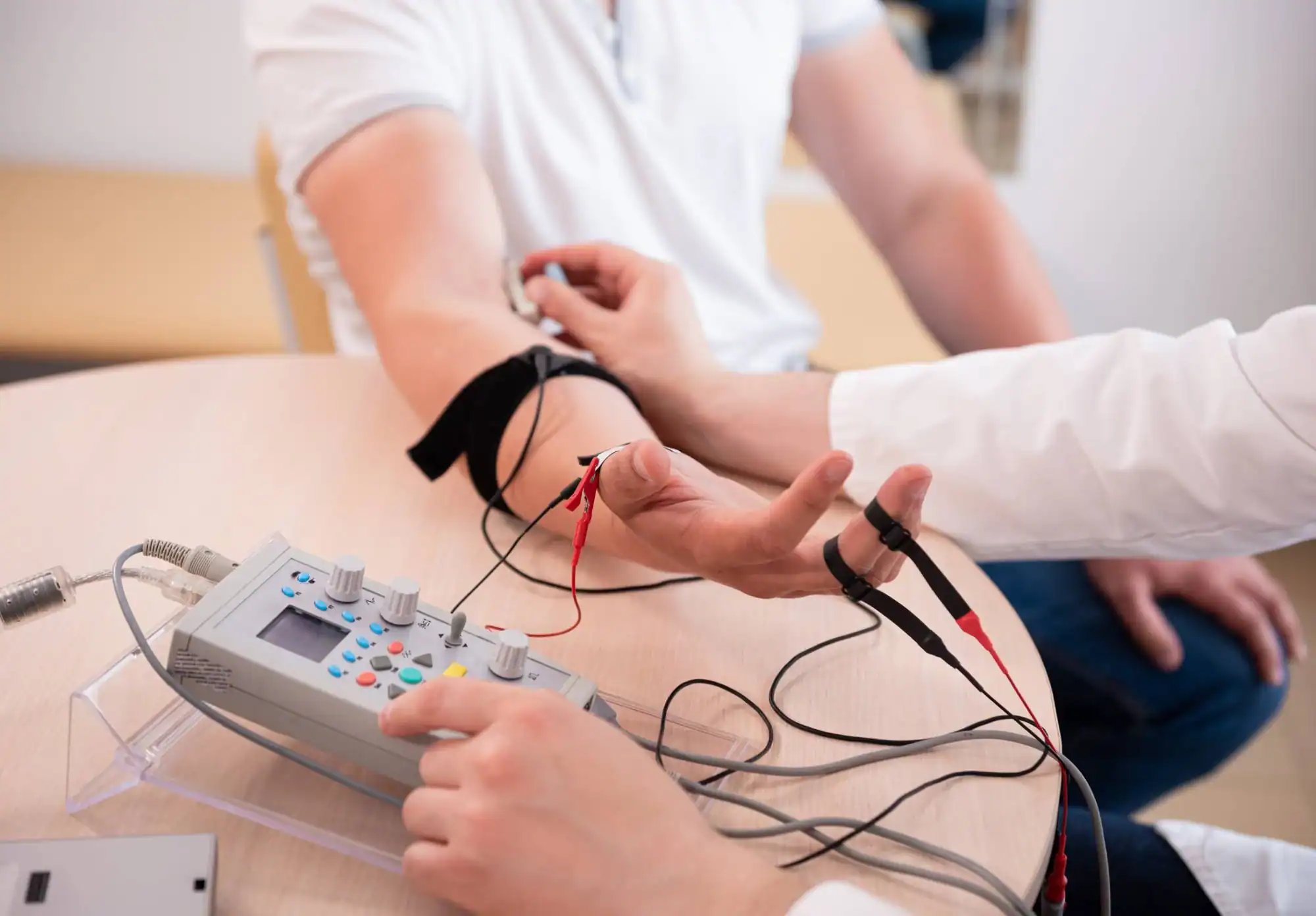Advanced electromyography testing that pinpoints exactly what’s causing your muscle weakness, numbness, or pain.
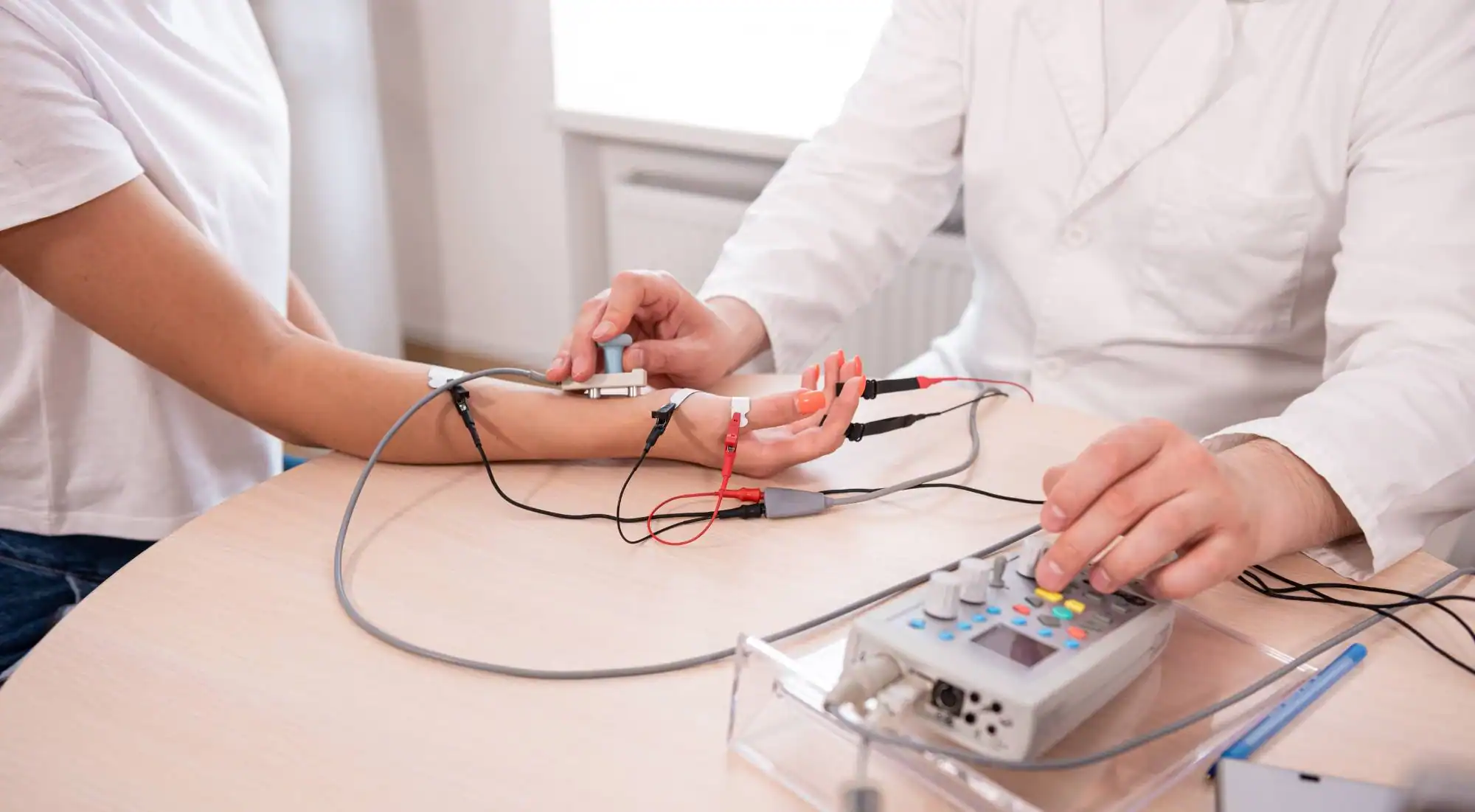
Reviews
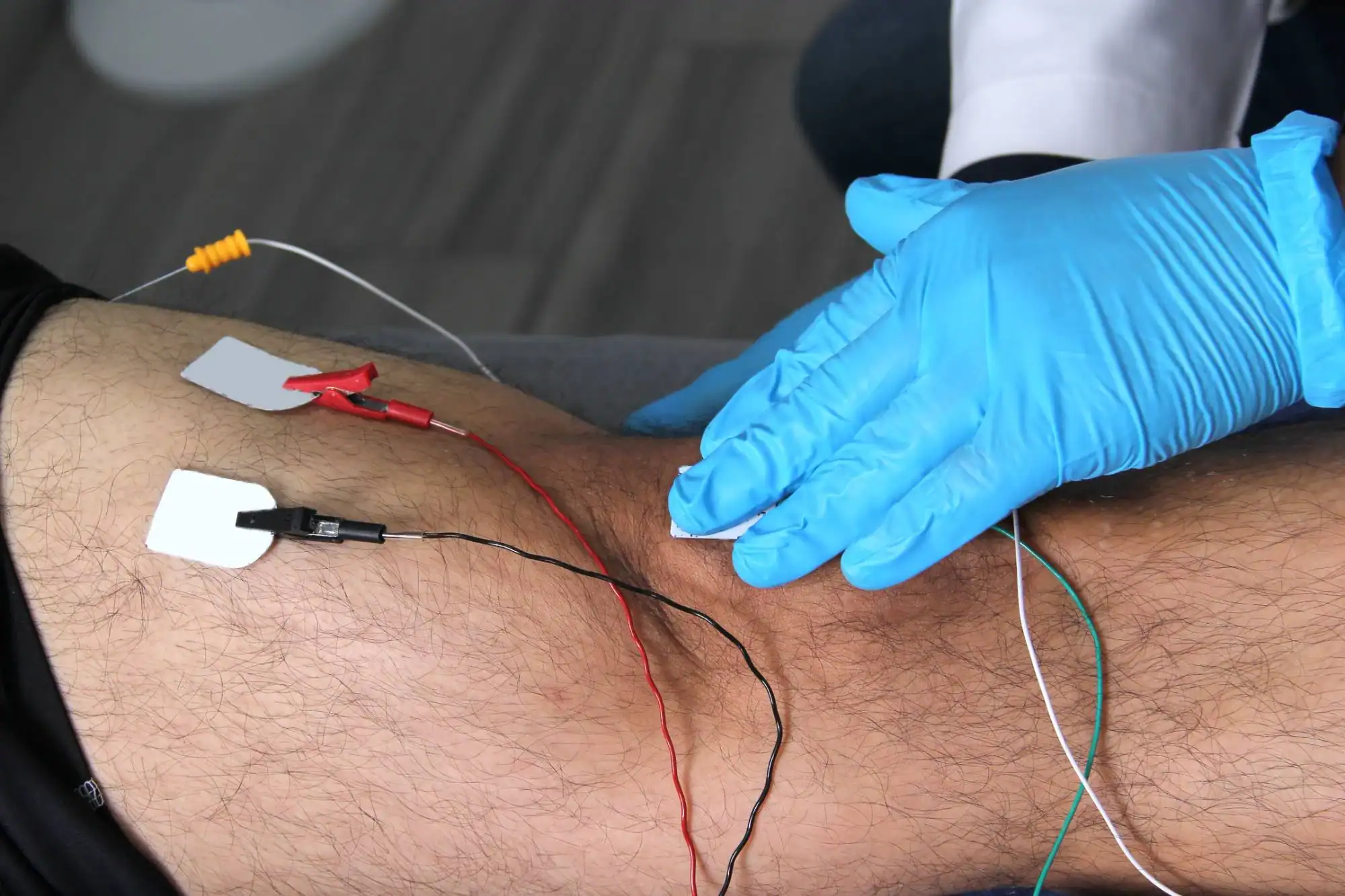
You’ve been dealing with unexplained symptoms long enough. That tingling in your hands, the weakness in your legs, the shooting pain down your arm – you need real answers, not more guessing.
EMG testing gives you those answers. Within minutes, we can tell you if your symptoms are coming from nerve damage, muscle disorders, or something else entirely. No more wondering if it’s serious or if it will get worse.
The test measures the electrical activity in your muscles and nerves, showing us exactly where the problem is and how severe it might be. You’ll walk out knowing what you’re dealing with and what comes next. That’s the peace of mind you’ve been looking for.
NY Spine Medicine has been helping South Grove residents get accurate diagnoses for years. Our physicians specialize in spine and nerve disorders, and we’ve performed thousands of EMG tests.
We know how frustrating it is when you can’t get straight answers about your symptoms. That’s why we focus on clear communication and thorough testing. You won’t leave here confused about your results.
Our team works directly with your referring physician to make sure everyone’s on the same page about your diagnosis and treatment plan.
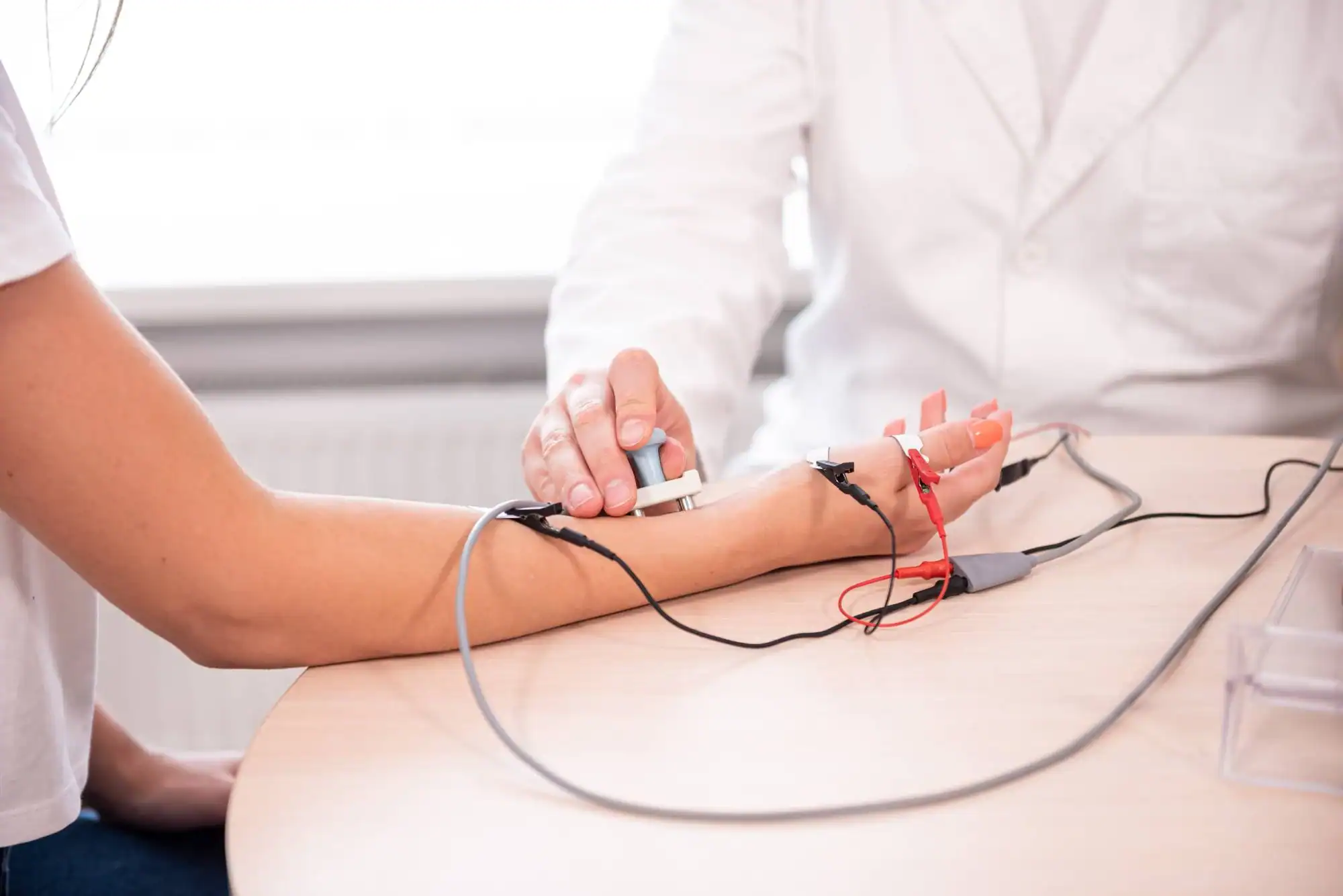
First, we’ll review your symptoms and medical history. Then we’ll explain exactly what we’re testing for and what you can expect during the procedure.
The EMG test itself involves placing small electrodes on your skin and inserting a thin needle electrode into specific muscles. The needle measures electrical activity while your muscle is at rest and when you contract it. We’ll also do nerve conduction studies, which use small electrical pulses to test how well your nerves are working.
Most tests take 30 to 60 minutes depending on how many areas we need to examine. You’ll get your results immediately, and we’ll explain what they mean for your condition and treatment options. We’ll also send a detailed report to your referring doctor the same day.
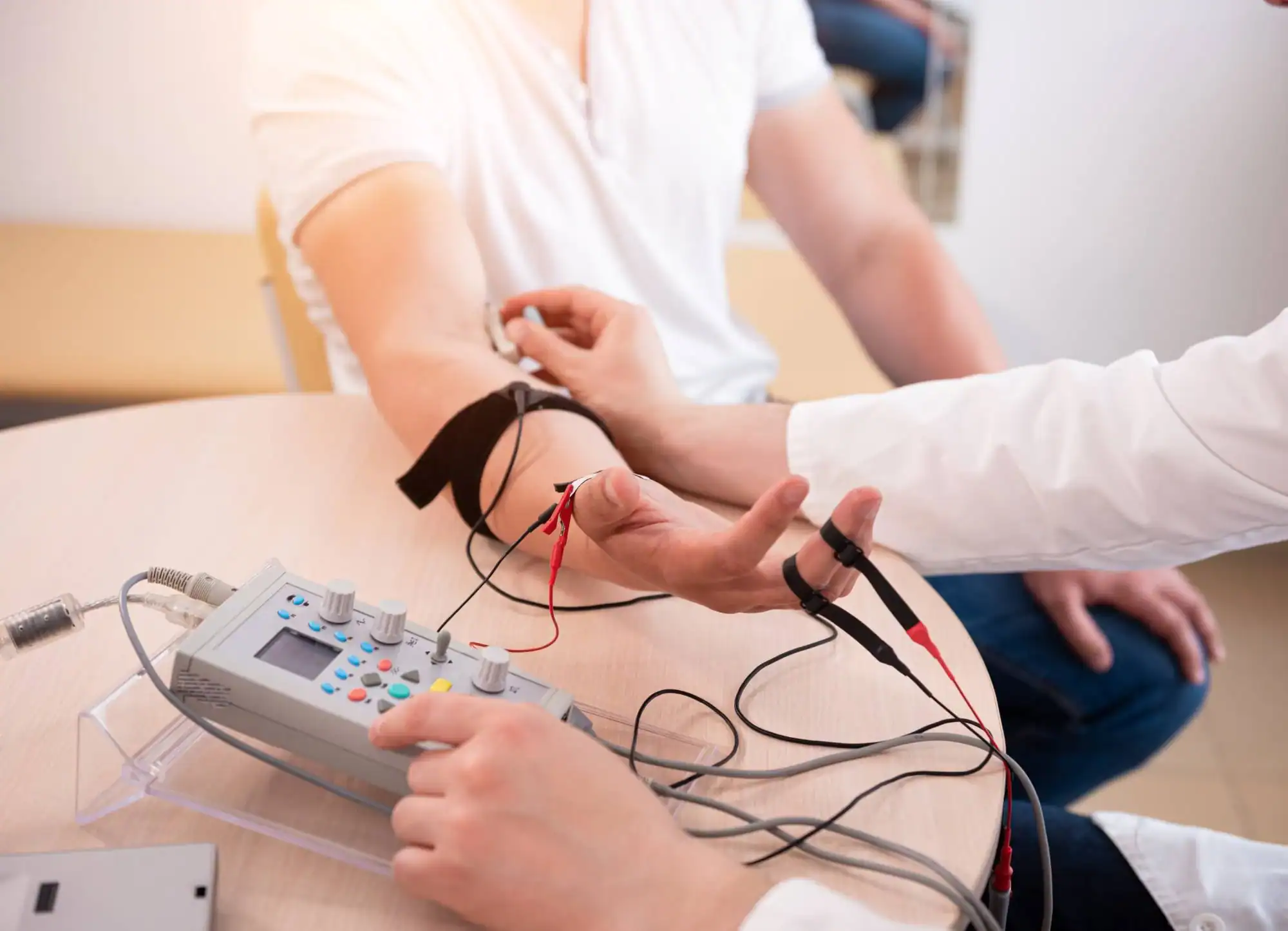
Ready to get started?
You get both EMG testing and nerve conduction studies in one appointment. This combination gives us the complete picture of what’s happening with your nerves and muscles.
We test for conditions like carpal tunnel syndrome, sciatica, diabetic neuropathy, herniated disc complications, and muscle disorders. Our equipment is calibrated regularly to ensure accurate readings every time.
You’ll receive a detailed explanation of your results before you leave, plus a written report you can share with other doctors. We also coordinate directly with your referring physician to discuss findings and next steps. No waiting weeks for answers or playing phone tag between offices.
